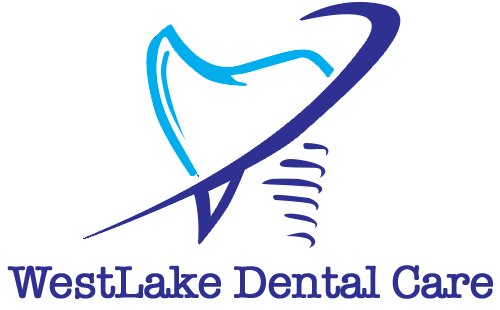Obstructive sleep apnea (OSA) and bruxism are two prevalent sleep disorders that can significantly impact an individual’s quality of life. Although they may seem unrelated at first glance, emerging research suggests a complex interplay between the two. In this blog post, we will delve into the nature of these conditions, explore their potential connections, and discuss the implications for diagnosis and treatment.
What is Obstructive Sleep Apnea?
Obstructive sleep apnea is a serious sleep disorder characterized by repeated interruptions in breathing during sleep. These interruptions, known as apneas, occur when the muscles at the back of the throat fail to keep the airway open. Common symptoms of OSA include loud snoring, gasping for air during sleep, daytime sleepiness, and difficulty concentrating.
What is Bruxism?
Bruxism is a condition characterized by the grinding or clenching of teeth, often unconsciously, either during sleep (sleep bruxism) or while awake (awake bruxism). It can lead to various issues, including tooth damage, jaw pain, headaches, and disrupted sleep. Sleep bruxism is often considered a sleep-related movement disorder.
The Connection Between OSA and Bruxism
Recent studies have highlighted a potential link between obstructive sleep apnea and bruxism. Here are some key points that illustrate this relationship:
1. Physiological Response to Airway Obstruction: During an apnea event, the body experiences a drop in oxygen levels and an increase in carbon dioxide levels. This triggers a stress response, causing brief arousals from sleep to restore normal breathing. These arousals can activate the muscles responsible for bruxism, leading to teeth grinding or clenching.
2. Increased Arousal Frequency: Individuals with OSA experience frequent arousals throughout the night, which can increase the likelihood of bruxism episodes. The repeated interruption of sleep can exacerbate the severity of both conditions, creating a vicious cycle of disrupted sleep.
3. Sympathetic Nervous System Activation: OSA is associated with increased activity of the sympathetic nervous system, the part of the autonomic nervous system responsible for the body’s fight-or-flight response. This heightened activity can contribute to muscle tension and bruxism.
4. Shared Risk Factors: Both OSA and bruxism share common risk factors such as stress, anxiety, and certain anatomical features. For instance, a misaligned jaw or airway obstruction can predispose individuals to both conditions.
Implications for Diagnosis and Treatment
Understanding the relationship between OSA and bruxism has significant implications for both diagnosis and treatment:
- 1. Comprehensive Sleep Evaluation: When diagnosing either condition, it is crucial for healthcare providers to conduct a comprehensive sleep evaluation. This includes taking a detailed medical history, performing a physical examination, and possibly conducting a polysomnography (sleep study) to assess for OSA and bruxism simultaneously.
- 2. Multidisciplinary Approach: Treatment should involve a multidisciplinary team, including sleep specialists, dentists, and mental health professionals. Addressing both conditions simultaneously can lead to more effective management and improved outcomes.
- 3. CPAP Therapy: Continuous positive airway pressure (CPAP) therapy is the gold standard treatment for OSA. By keeping the airway open during sleep, CPAP can reduce the frequency of apneas and, consequently, the arousals that trigger bruxism. Many patients report a decrease in bruxism episodes after starting CPAP therapy.
- 4. Oral Appliances: For individuals with mild to moderate OSA or those who cannot tolerate CPAP, oral appliances designed to keep the airway open can be effective. These devices can also help alleviate bruxism by repositioning the jaw and reducing muscle tension.
- 5. Stress Management: Since stress and anxiety can exacerbate both OSA and bruxism, incorporating stress management techniques such as cognitive-behavioral therapy (CBT), relaxation exercises, and mindfulness can be beneficial.
Contact WestLake Dental Care Today
The relationship between obstructive sleep apnea and bruxism underscores the importance of a holistic approach to sleep disorders. By recognizing the interconnectedness of these conditions, healthcare providers can offer more comprehensive and effective treatments, ultimately improving patients’ sleep quality and overall well-being. If you suspect you may be experiencing symptoms of OSA, bruxism, or both, consult a healthcare professional for a thorough evaluation and personalized treatment plan. Learn more about how WestLake Dental Care can help you in the video below.


